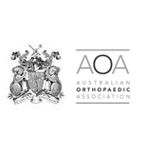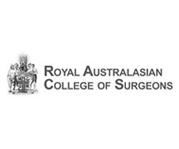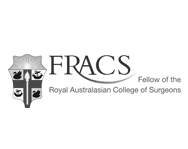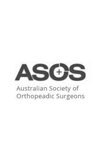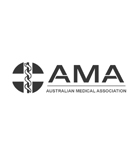SLAP Repair
Introduction
Superior labrum anterior and posterior tear or SLAP tear is an injury to the labrum. This injury may also involve the biceps tendon, which is attached to the top part of the labrum.
Surgical procedure
A SLAP repair is an arthroscopic procedure that involves reattaching the torn labrum to the bone of the shoulder socket. The procedure is performed under general anaesthesia and nerve block.
- Your surgeon first makes small incisions to insert a small camera called an arthroscope and thin surgical instruments into the shoulder joint.
- Your surgeon will then identify the SLAP tear and remove the damaged tissue.
- A small hole will be drilled into the bone of the shoulder socket close to the labral tear.
- Your surgeon will place an anchor into the drilled hole along with a strong suture.
- Additional anchors can be placed as required for securing the torn labrum to the bone of the shoulder socket.
- Finally, the torn labrum is tied to the bone with sutures.
Indications
A SLAP repair is indicated to treat a torn labrum of the shoulder when conservative treatments do not relieve symptoms of the SLAP tear.
Benefits
Advantage of a SLAP repair involves reattaching the labrum to its normal position; thereby restoring the anatomy of the shoulder. The procedure also allows normal functioning of the previously damaged labrum and biceps attachment.
Risks and Complications
As with any surgical procedure, SLAP repair involves certain potential risks and complications including
- Infection of the surgical site
- Excessive bleeding
- Blood clots
- Shoulder stiffness
- Injury to the nerves or blood vessels
Post-operative Care
After the SLAP repair procedure, you may be advised to use ice packs, cold compression wraps and painkillers to relieve pain. The plaster strips over the wounds should be kept dry until the wounds heal. Your arm will be supported in a sling for the first three weeks after your surgery, and you will be advised to restrict active motion of the shoulder for about 6 weeks. Through physical therapy, you can slowly regain motion and strengthen the shoulder. You can resume sport activities after consulting your doctor. Avoid driving for a few weeks after the surgery.

